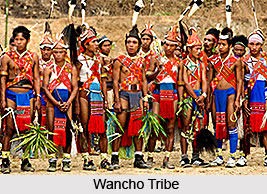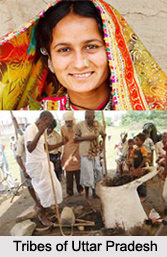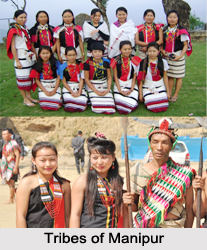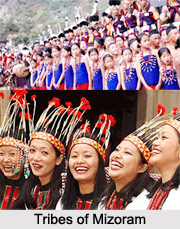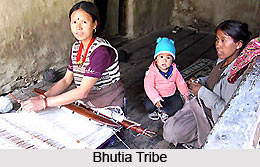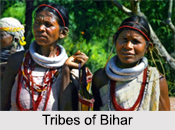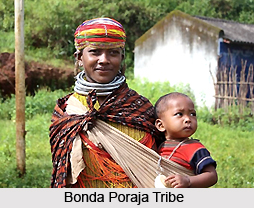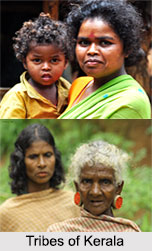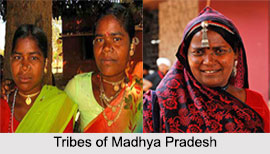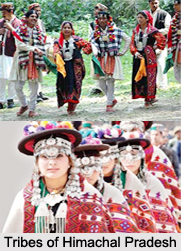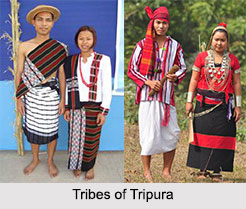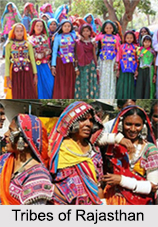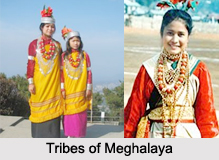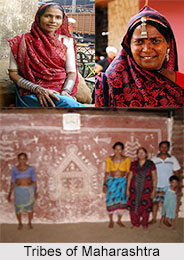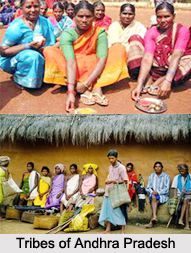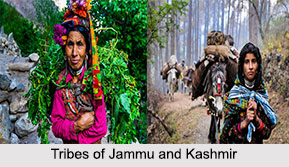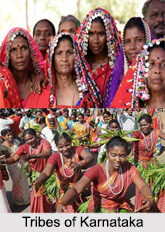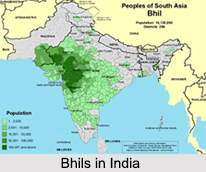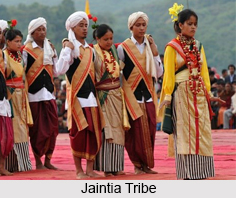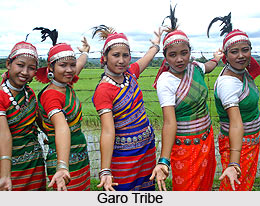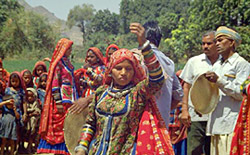The Jnatrkas (also known as the Natha or Naya clan) gave India one of its greatest religious reformers, Mahavira, the last Tlrthankara of the Jains, and this is their sole claim to fame among ancient Indian tribes. The Jnatrkas, or Kshatriyas clan, used to dwell in Vaishali or Kundagrama and its suburb Kollaga, and Vanijyagrama. It has been said that the priestly (Brahmana), warrior (Kshatriya) and commercial (Vaishya) communities among the Jnatrakas lived so separately that their quarters were sometimes spoken of as though they had been distinct villages, as Vaishali, Kundagrama and Vanijyagrama.
The Jain writers had given an idealised picture of the Jnatrkas. Their account has said that the Jnatrkas were afraid of sin, abstained from wicked deeds and did not do any mischief to any being, and therefore did not partake of meat. Outside their settlement at Kollaga, the Jnatrkas possessed a religious establishment (or Cheiya) which bore the name Duipalasa. It has been said in historical accounts that the Naya clan seems to have supported a body of monks who followed Parsvanatha, an ascetic, who lived some 250 years before Lord Mahavira. Even when Mahavira had appeared within the clan, the members of the clan had become his devoted followers.
History states that the one of the settlements of the Jnatrkas, was an oligarchic republic, the government of which was `vested in a senate composed of the heads of the resident Kshatriya clans and presided over by an officer who had the title of king and was assisted by a Viceroy and a Commander-in-chief.
It was Mahavira who had brought the Jnatrkas into intimate touch with the neighbouring communities of eastern India and had developed a religion which is still professed by millions of Indians. Another celebrity of the Jnatrka clan was Ananda, a staunch follower of Mahavira.
This article is a stub. You can enrich by adding more information to it. Send your Write Up to content@indianetzone.com
